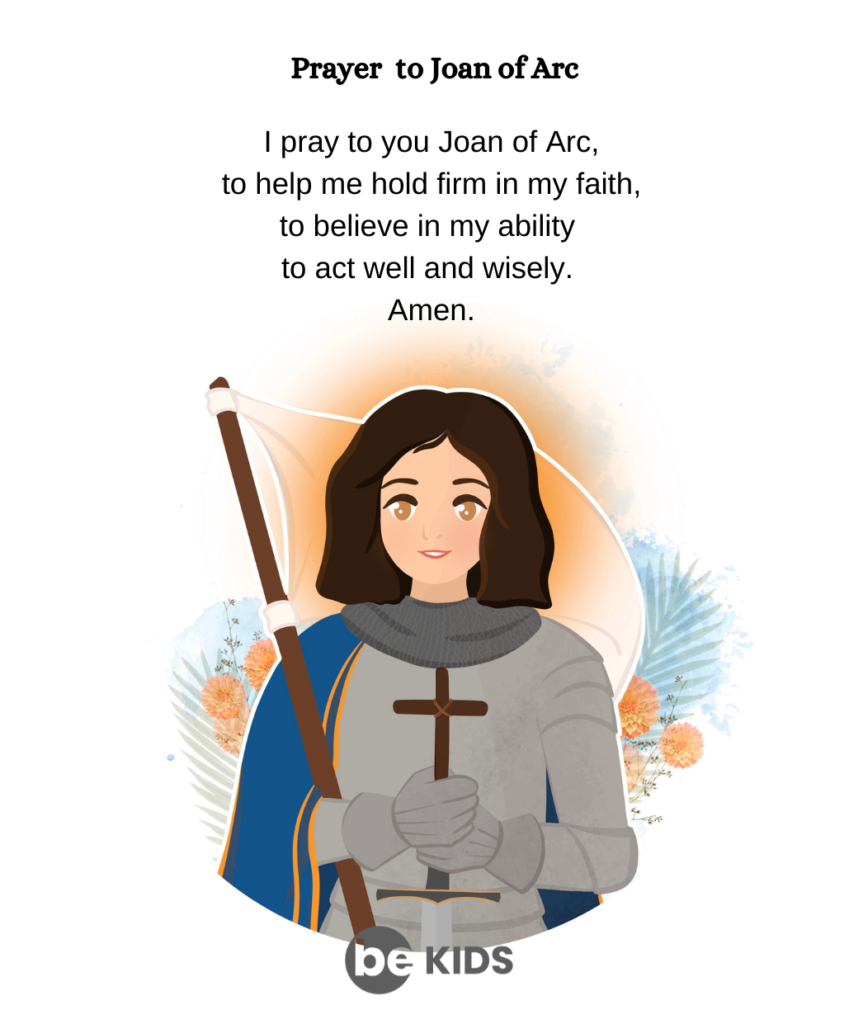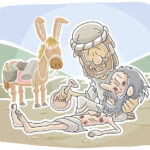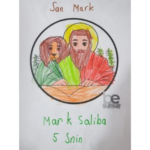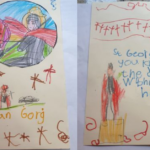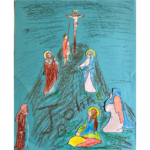
Nowadays, nobody is surprised to see female soldiers participating in active warfare, being frontliners in rescue teams, and facing hazardous situations.
It was not the same in the early 15th century, when a young woman, only seventeen years old presented herself as a leading general of an army in a war between France and England. She was Joan of Arc, known as the Maid of Orleans and later acclaimed as a saint.
Joan was born some time during the year 1421, in Domremy, France. It was a time known as the Middle Ages, a time of ‘kings and castles, knights and battles’ fighting for power to gain kingdoms. Most people were poor, having to work hard not to go hungry. Many people were dying from the Black Death, a deadly sickness that had spread throughout Europe. Joan was born in such a family. She had to work hard on their farm besides doing all the chores to help the family that consisted of a brother and three sisters, besides her parents. She was kind and she would visit the sick to help and comfort them, even bringing them food.
During this time, a war that became known as ‘The Hundred Years War’, was going on between France and England. The English had managed to take control of parts of France and the French had been fighting the English to reclaim their land.
When Joan was thirteen years old she had visions of St. Michael, St. Catherine and St. Margaret, and experiences of voices with a message that she was to be instrumental in driving the English out of France besides strengthening the Royal House of France that was also in disarray. When she predicted the outcome of a siege and battle at Orleans, the French King, Charles VII, believed that she could help the French in reclaiming their land.
Joan was equipped with armour, a sword, and a banner that said “Jesus and Mary” as she rode leading the French, claiming that she was doing God’s bidding. The army was commanded by a nobleman while she continued to inspire the army with her encouragement. Eventually, Joan’s prediction became true as Orleans was relieved from the siege and the English retreated. Joan continued to spur the French army in other battles, even though she was also wounded by arrows as she rode holding her banner. However, she was captured by the Burgundians, a political faction in France at the time, and who had formed an alliance with the English. They sold her to the English for 10,000 gold coins. She was accused of being a heretic in a trial that was not completely legal and impartial. During her trial she was kept in prison where she was subjected to humiliation and abuse. Her suffering continued until May 1431 when she was finally condemned to be burned to death.
Her body was reduced to ashes and thrown in the river Seine. She was nineteen years old.
